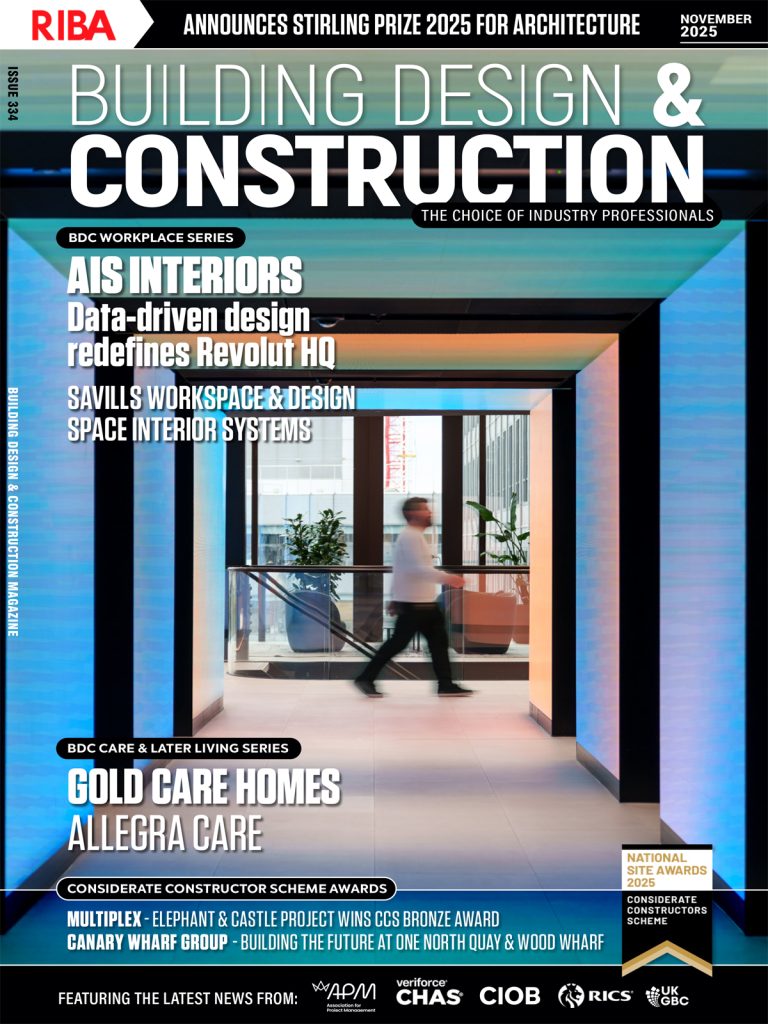A flagship centre for low-carbon sea travel at Liverpool Docks, a new cultural hub to revitalise Blackpool seafront; and energy-saving social housing borne from a warehouse earmarked for demolition are among the show-stopping projects in the student architecture exhibition being held at the University of Nottingham from today. For the first time, the Department of Architecture and the Built Environment (DABE) has transformed its popular annual end-of-year event from a physical show at University Park campus to a virtual one. From 7 July to the end of September, visitors from around the world can explore the entire exhibit!20 show online. With exciting designs comprising exquisite hand drawings and paintings, Computer Aided Design, 3D models and other preparatory visuals from 278 students on display, organisers have made the online exhibition the largest and longest-running show of student work since the Department’s foundations were established in 1843. Every entrant has weaved either social, economic or environmental sustainability into their building design concepts, reflecting the core values of both the education and research undertaken at DABE. Professor Mark Gillott, Head of DABE, said, “With cutting-edge research and strong industry links, our Department is shaping both the profession and policies that champion better buildings, communities and environmental standards. For some, sustainability can be seen as an obstacle to aesthetics, but not at Nottingham. Our ethos is strongly rooted in the aesthetic and quality of design whilst embedding sustainability to respond to the climate emergency.” The Department has just been named one of the top three architecture schools in the UK by AJ100 for the second year running. This important industry ranking – informed by the Architects’ Journal top 100 largest architectural practices – recognises that graduates from DABE continue to impress and shake up the sector. Show co-organiser, Dr Nils Jaeger, Assistant Professor in Digital Technologies and Architecture, explains, “Our education model encourages independence in addition to creativity and this will be extremely important in a post-Covid world. Future architects will need resilience and ingenuity to succeed in practice and those are the qualities that set our students apart.” The exhibition opening will be marked with a special prize-giving ceremony live-streamed at 4pm on Tuesday 7 July to acknowledge the very best talent and innovation among the student work on show. Guest speaker is Tracy Meller, Honorary Professor of Architecture at the University of Nottingham and partner at Rogers Stirk Harbour + Partners, alongside event chair, Dr Ben Jones, who will be among the host of DABE staff giving commendations and prizes to 12 shortlisted concepts. exhibit!20 student case studies Declan Clarke (K101 – MArch Architecture – Year 6 Unit S1 Continuity) – Learning from Blackpool (Renaissance of the British seaside town). The project is a re-imagination of Blackpool’s promenade through a series of ‘Culture Houses’ transforming the town through temporary cultural structures with prime focus upon the Palatine Building, an existing 1970s Pop Art structure. The project was inspired by Blackpool’s former ‘Culture House’ the Alhambra Palace. The new Culture House uses the existing façade and structure of the Palatine Building, inhabits the building with a series of spaces for art, performance, music and Citizen’s Advice. The ground floor acts as an extension of the promenade – creating a civic space for the people of Blackpool to galvanise a stronger community spirit. The project also aims to revitalise both the tired North Pier with a pavilion glasshouse and space for exhibitions, theatre, music and community events and the former Central Railway station, which are proposed as adaptable exhibition spaces and seafront gardens interconnected to the Culture House. Rosemary Fishburn (K230 –MEng Architecture and Environmental Design, Year 4, Unit 5B – Nurturing the City) – Liverpool Maritime Hub is an innovative centre for low-carbon international sea travel. The building connects ships and travellers, enabling people to undertake long distance journeys by sailing and providing an alternative to flying. It is located on the Clarence Graving Docks in the Tens Streets area of Liverpool, which is a major hub for migration by ship to and from the UK. In the environmentally-friendly building, workshop facilities are available for retrofitting existing boats with the equipment required to be hydrogen-powered, reducing the reliance on fossil fuels in boat engines. Engineers with knowledge of hydrogen fuel cells and renewable energy will fit the equipment and run training sessions for crew members. A hostel will provide residential facilities for ship crews to train and prepare for departures and for transiting or delayed sea travellers. An onsite market hopes to draw the Liverpool community to the building with stalls filled with goods sourced from global shipping destinations. Laura Fairchild (K10I – MArch Architecture RIBA Part II, Year 6, S1 – Continuity) – To Reuse or Replace prioritises reuse and transformation over the demolition of existing buildings. In this case the project looks at a warehouse due to be razed to the ground, reusing the building to create social housing apartments with additional communal facilities including a co-working space (winter garden) and a shared kitchen. The proposal aims to maintaining the existing structure while improving its thermal performance and to increase its overall density. The key alternations are the removal of the internal walls and the creations of alternating strips of housing and social spaces to improve community cohesion and act as a thermal buffer between the flats.




